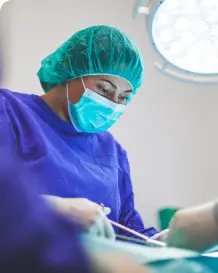Uterine Fibroids Treatment in Hoshiarpur
Uterine fibroids are noncancerous growths of the uterus that often appear during childbearing years. Know all about the condition in Hoshiarpur. Uterine fibroids are noncancerous growths of the uterus that often appear during childbearing years. Know all about the condition in Hoshiarpur.
Latest procedures
 50+
50+
Expert surgeons
Personal Assistance







